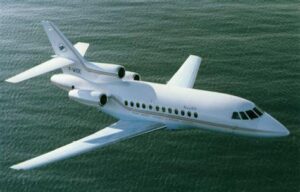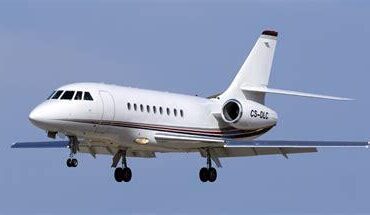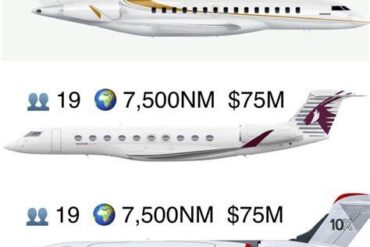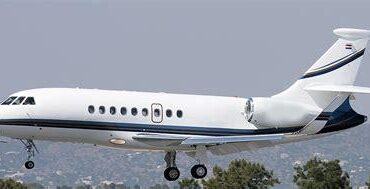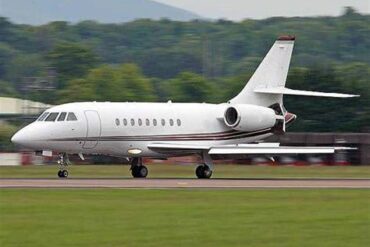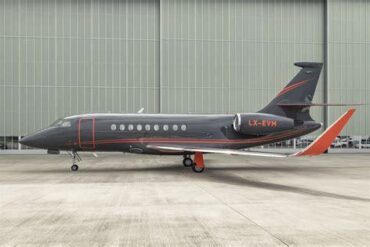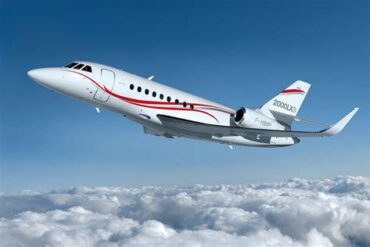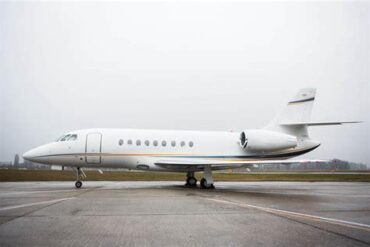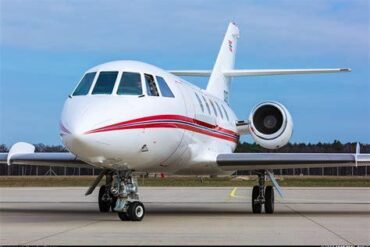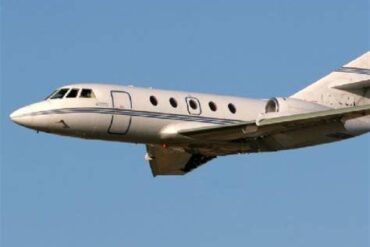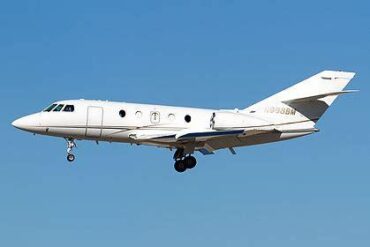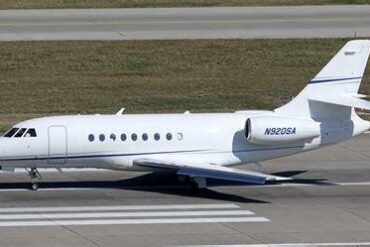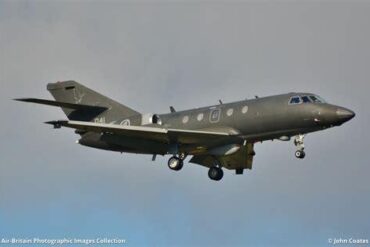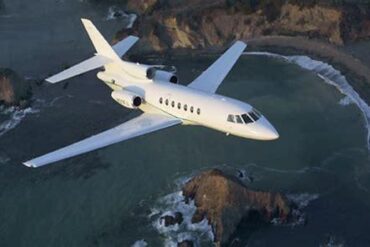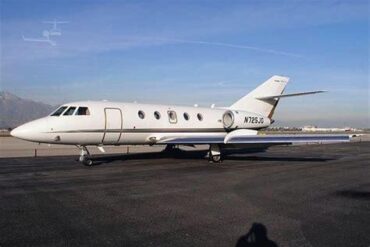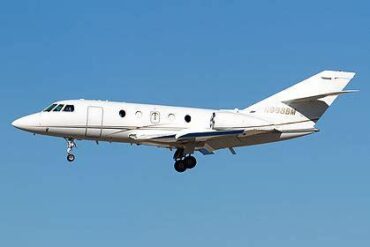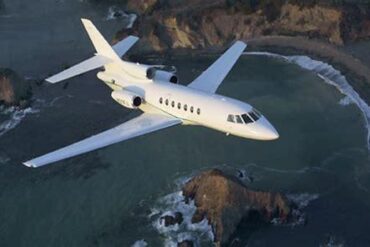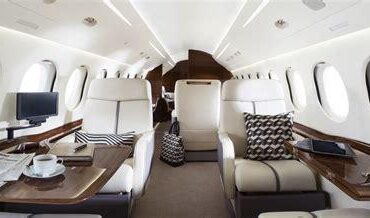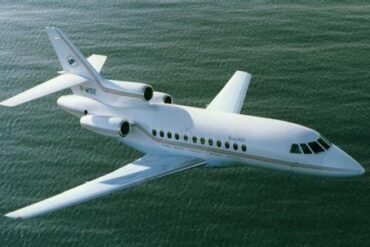The Dassault Falcon 900B is a premier choice in the realm of business aviation, renowned for its remarkable performance, luxurious interiors, and advanced technology. This article delves deep into the intricacies surrounding the price and operating costs associated with owning and operating a Falcon 900B, providing prospective buyers and operators with comprehensive insights to make informed decisions.
Overview of the Dassault Falcon 900B
The Falcon 900B, a model developed by Dassault Aviation, has made its mark as a versatile and reliable jet, appealing to corporate executives and private individuals alike. With a maximum range of approximately 4,500 nautical miles and the capacity to comfortably seat up to 14 passengers, it embodies both luxury and functionality. Its tri-engine configuration not only enhances safety but also provides superior performance in various conditions, making it an ideal choice for long-haul flights.
Key Features of the Falcon 900B
-
Engines: Powered by three Honeywell TFE731-5BR engines, the Falcon 900B delivers exceptional thrust while maintaining fuel efficiency.
-
Cabin Comfort: The cabin boasts a spacious layout with a height of 6 feet and width of 7 feet, offering ample room for relaxation and work.
-
Advanced Avionics: Equipped with state-of-the-art avionics systems, including the Honeywell Primus 2000 suite, the aircraft ensures enhanced situational awareness and safety.
-
Cargo Capacity: With a maximum baggage capacity of 1,800 pounds, travelers can carry necessary items without compromising space for passengers.
Purchase Price of the Dassault Falcon 900B
When considering the purchase price of a Dassault Falcon 900B, potential buyers should anticipate an investment ranging from $4 million to $6 million. This price varies based on several factors:
-
Aircraft Condition: Newer models or those that have undergone extensive refurbishments tend to command higher prices.
-
Customization Options: Buyers often choose to customize their jets, which can significantly increase the overall cost.
-
Market Demand: Fluctuations in the market can affect the pricing of pre-owned aircraft.
Comparative Analysis of Pricing
In comparison to similar aircraft in its class, the Falcon 900B holds a competitive edge. For instance, the Bombardier Challenger 600 and the Gulfstream G150 may offer comparable features but often come with higher acquisition costs. The Falcon’s combination of luxury, efficiency, and reliability makes it an attractive option for discerning buyers.
Operating Costs of the Falcon 900B
Understanding the operating costs associated with the Falcon 900B is crucial for budgeting purposes. These costs typically include fuel, maintenance, crew salaries, insurance, and hangar fees. On average, the annual operating costs can range from $1 million to $1.5 million.
Fuel Costs
Fuel is one of the most significant expenses in operating a Falcon 900B. The aircraft burns approximately 250 gallons per hour, translating to around $1,500 per hour based on current fuel prices. Given its range and efficiency, operators can expect to spend about $300,000 annually on fuel, depending on flight frequency and distance.
Maintenance Costs
Routine maintenance is essential for ensuring the safety and longevity of the aircraft. The Falcon 900B requires regular inspections and maintenance checks, including A, B, C, and D checks. These checks can accumulate costs ranging from $100,000 to $300,000 annually. Owners should also budget for unexpected repairs, which can further impact overall maintenance expenses.
Crew Salaries
Hiring qualified personnel is crucial for the safe operation of any business jet. The typical crew for a Falcon 900B consists of two pilots and possibly a flight attendant. Depending on experience and location, pilot salaries can range from $80,000 to $150,000 per year per pilot, while flight attendants may earn between $40,000 to $70,000. Therefore, total crew salaries can add up to approximately $200,000 to $370,000 annually.
Insurance Costs
Insurance is another critical aspect of operating costs. The annual insurance premiums for the Falcon 900B can vary based on coverage options and the operator’s safety record. Typically, insurance costs can range from $25,000 to $50,000 per year. Comprehensive coverage that includes liability, hull damage, and passenger protection is advisable to mitigate risks.
Hangar Fees
Hangar fees can significantly influence operational budgets, particularly for those based in busy metropolitan areas. Monthly hangar costs can range from $1,000 to $3,000, depending on location and facility amenities. Annually, this can translate to approximately $12,000 to $36,000.
Depreciation and Resale Value
While the initial investment in a Falcon 900B is substantial, understanding its depreciation and potential resale value is equally important. Generally, business jets depreciate at a rate of 5% to 10% per year in the first few years, stabilizing thereafter. A well-maintained Falcon 900B can retain a reasonable portion of its value, often selling for 40% to 60% of its original purchase price after ten years.
Cost-Efficiency Considerations
When analyzing the overall cost-effectiveness of operating a Falcon 900B, several factors come into play:
-
Utilization Rates: Higher utilization can spread fixed costs over more flight hours, reducing the cost per flight.
-
Flight Planning: Efficient flight planning, including optimal routing and altitude management, can enhance fuel efficiency and reduce operational costs.
-
Charter Services: Some owners opt to charter their aircraft when not in use, helping to offset ownership costs.
Comparative Cost Analysis
When compared to other business jets, the Falcon 900B often presents a balanced equation of cost versus performance. Aircraft such as the Embraer Legacy 600 and the Cessna Citation X may offer lower operating costs; however, they often lack the range and cabin space of the Falcon 900B. Thus, for operators who prioritize long-distance travel and passenger comfort, the Falcon 900B proves to be a worthwhile investment despite its higher operating costs.
Conclusion: Making an Informed Decision
In conclusion, the Dassault Falcon 900B stands as a formidable contender in the business aviation sector, with a purchase price that reflects its quality and capabilities. While the operating costs can be substantial, effective management and strategic planning can enhance its cost-efficiency. For those seeking a blend of luxury, performance, and reliability, investing in a Falcon 900B is an option that merits serious consideration. With its extensive range and superior comfort, this aircraft continues to be a top choice for executives and high-net-worth individuals worldwide.
